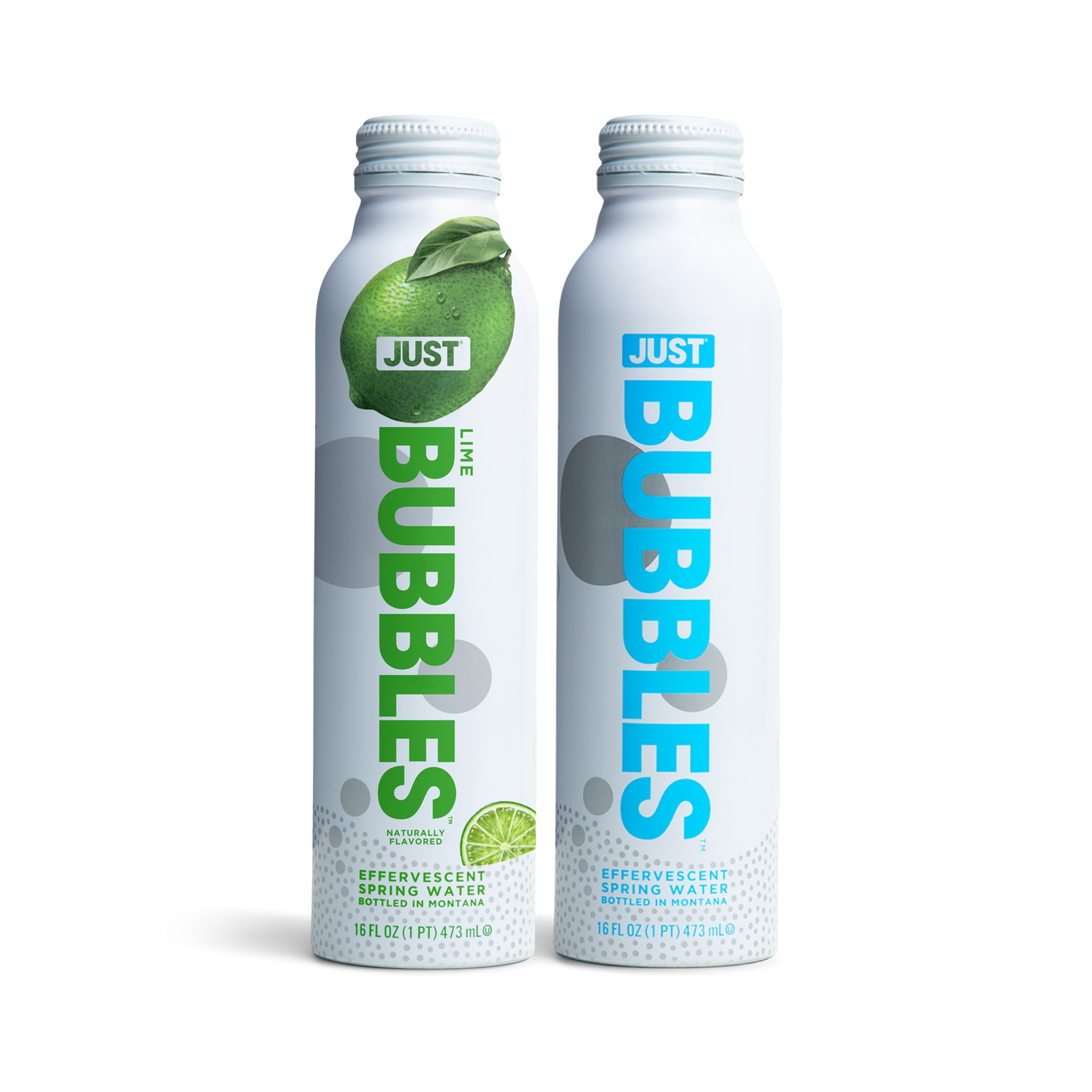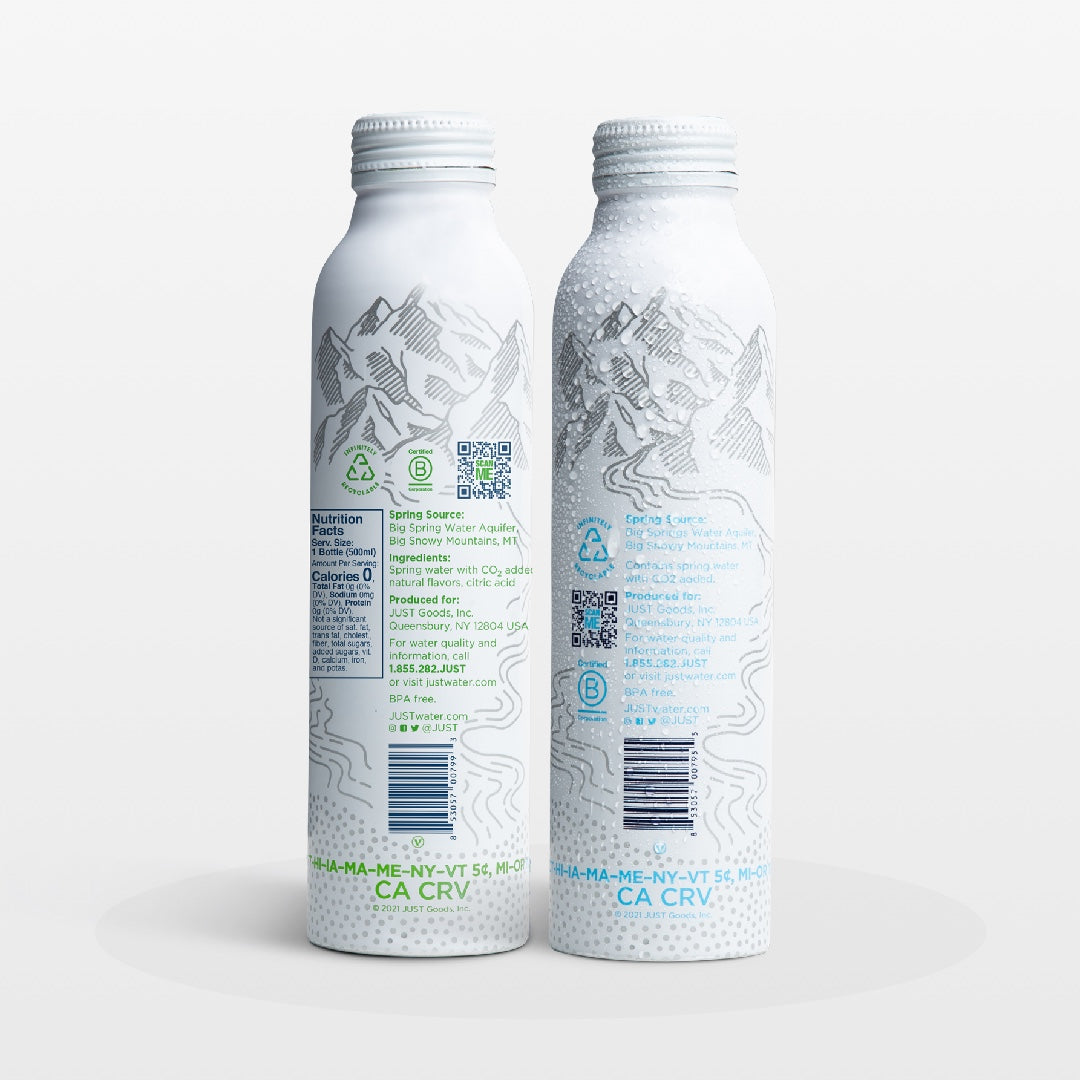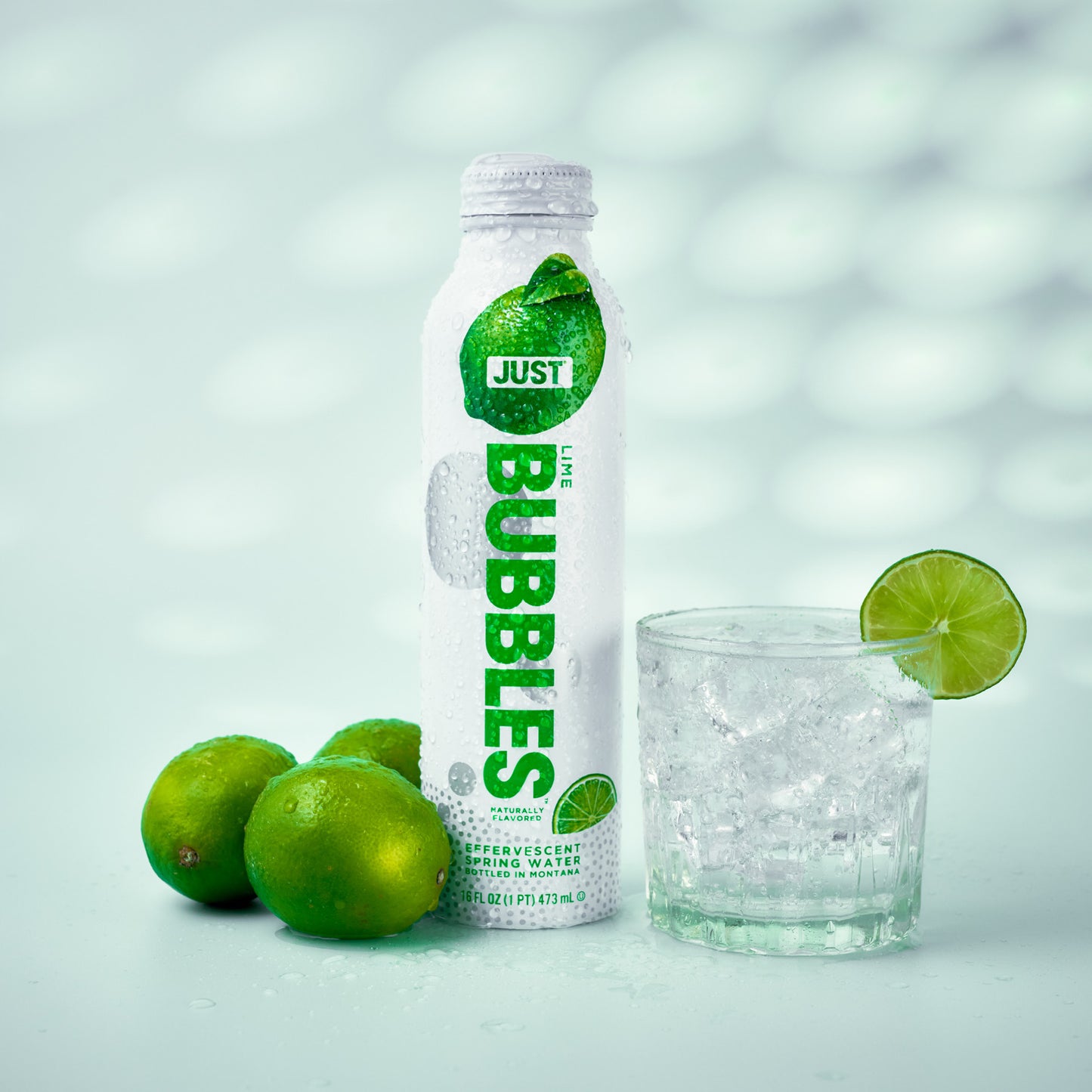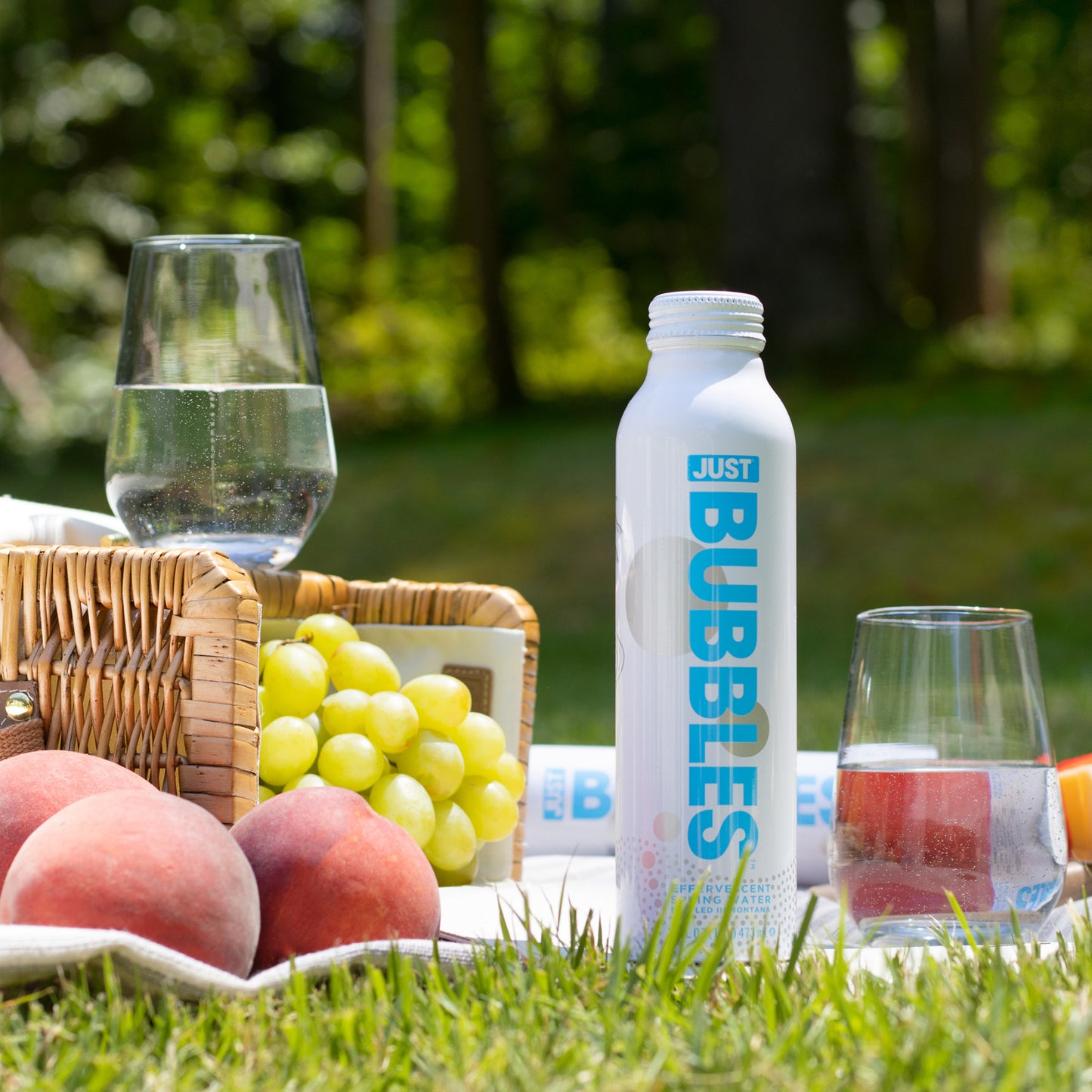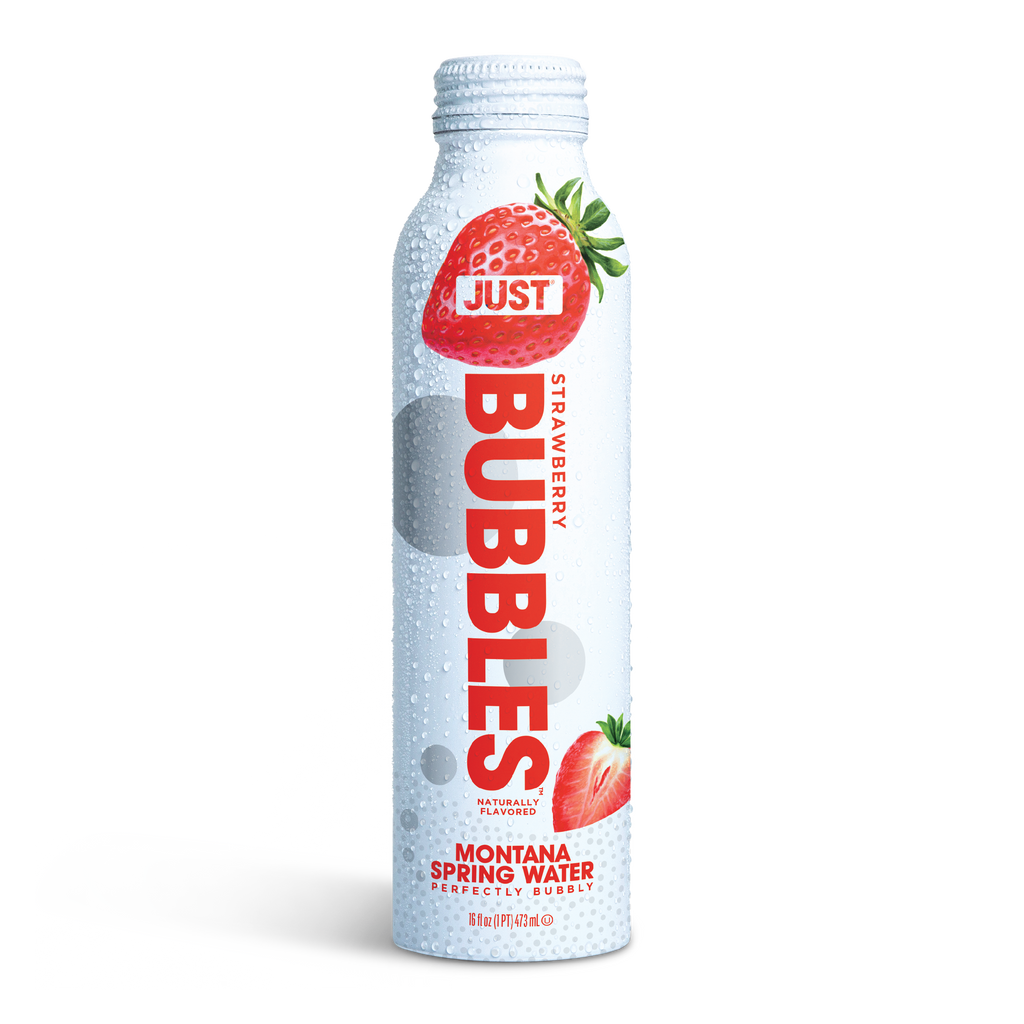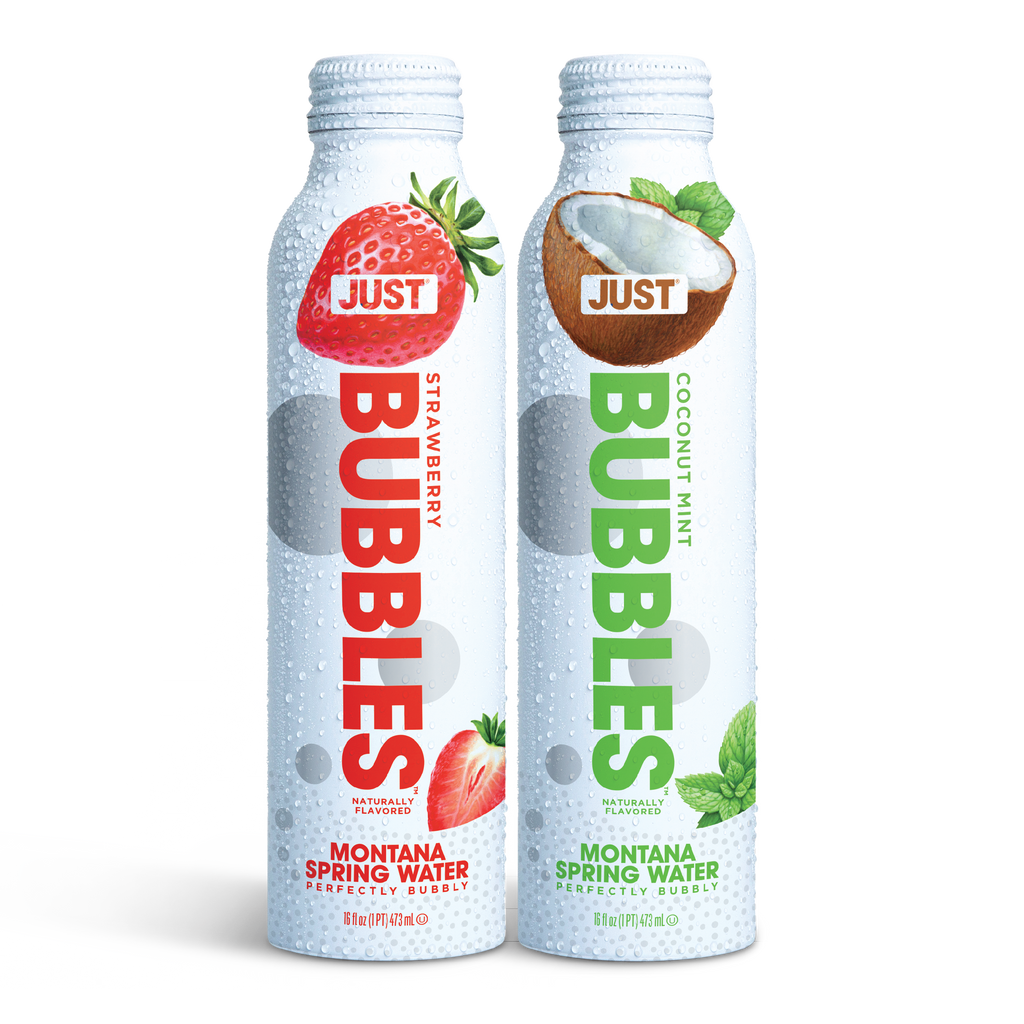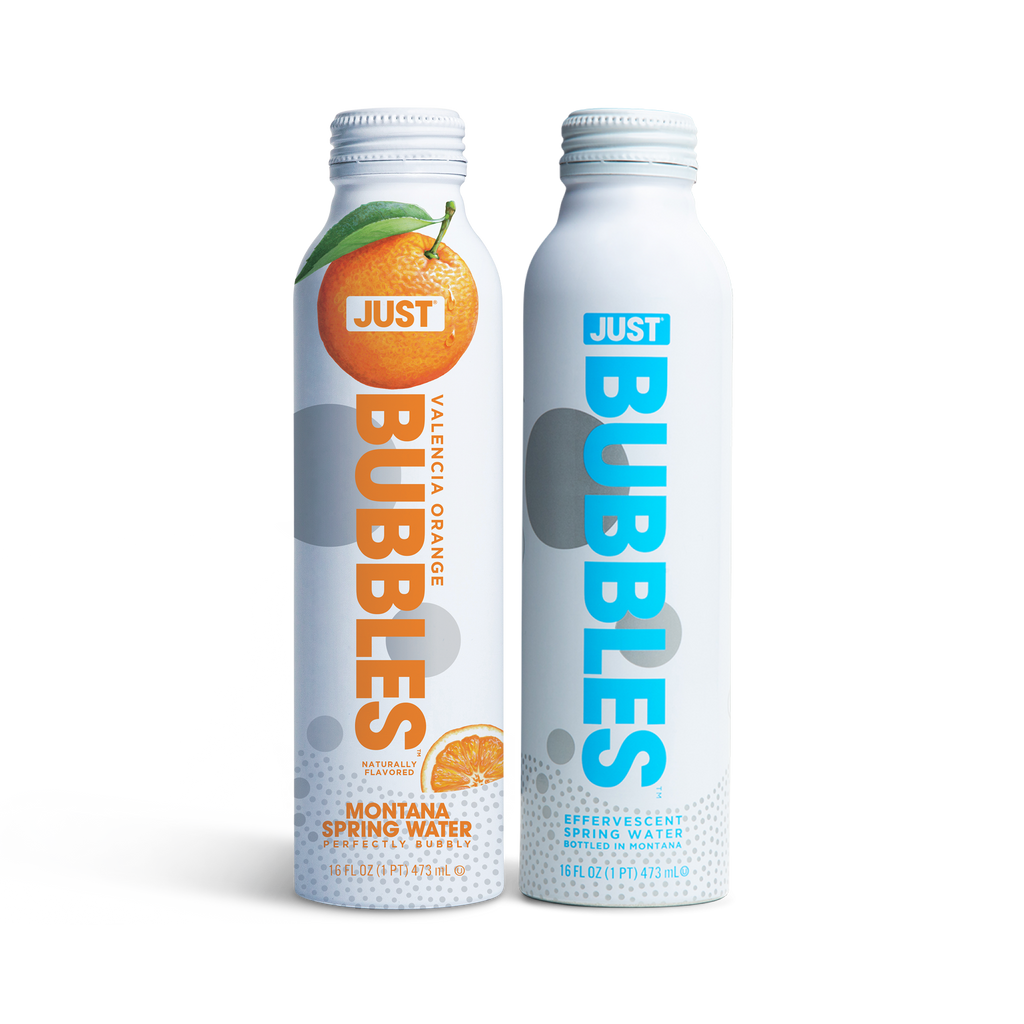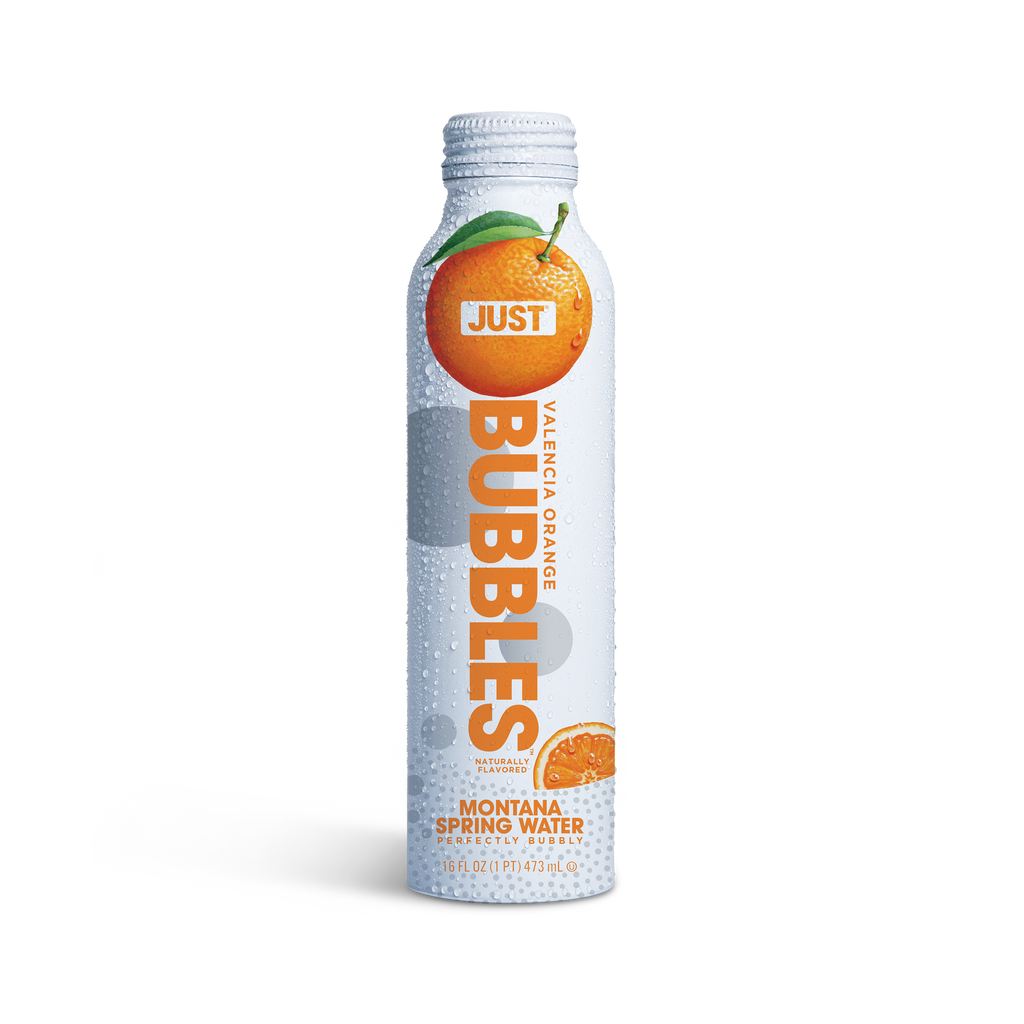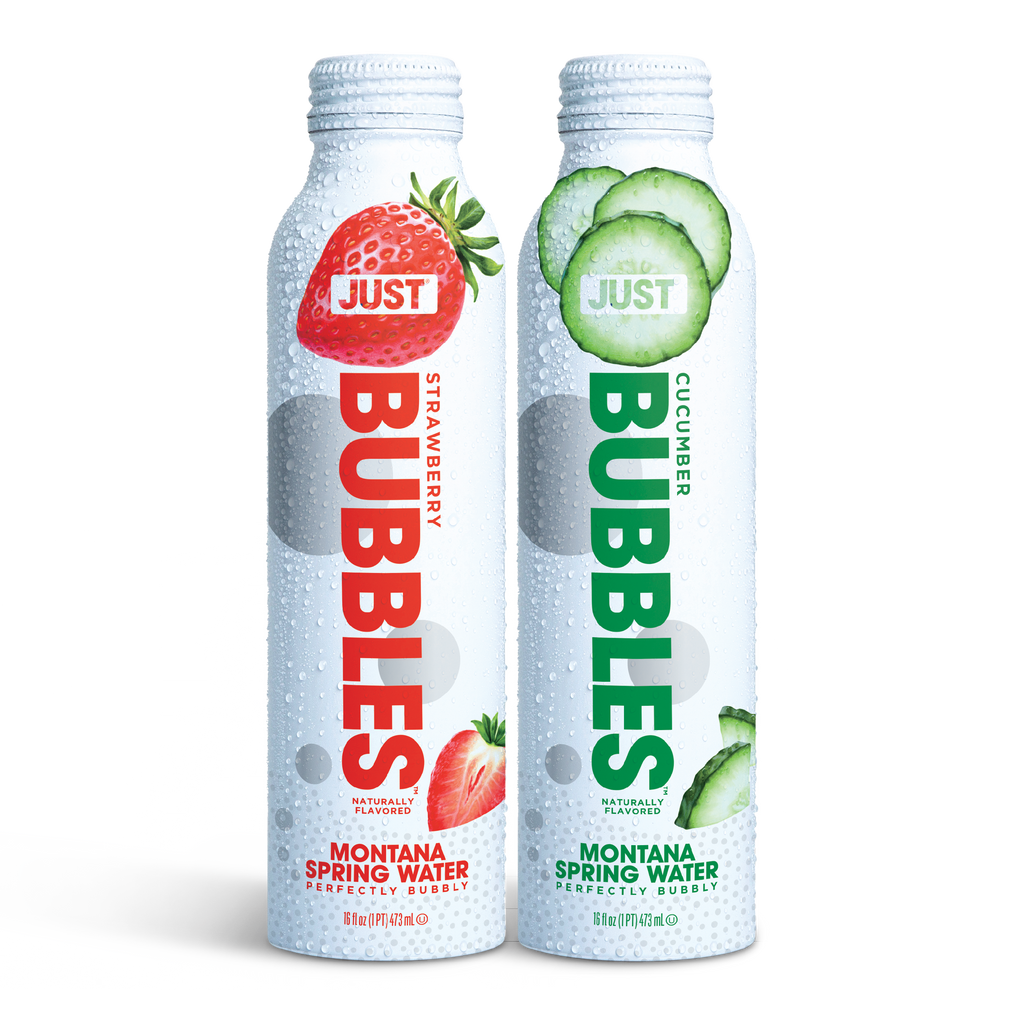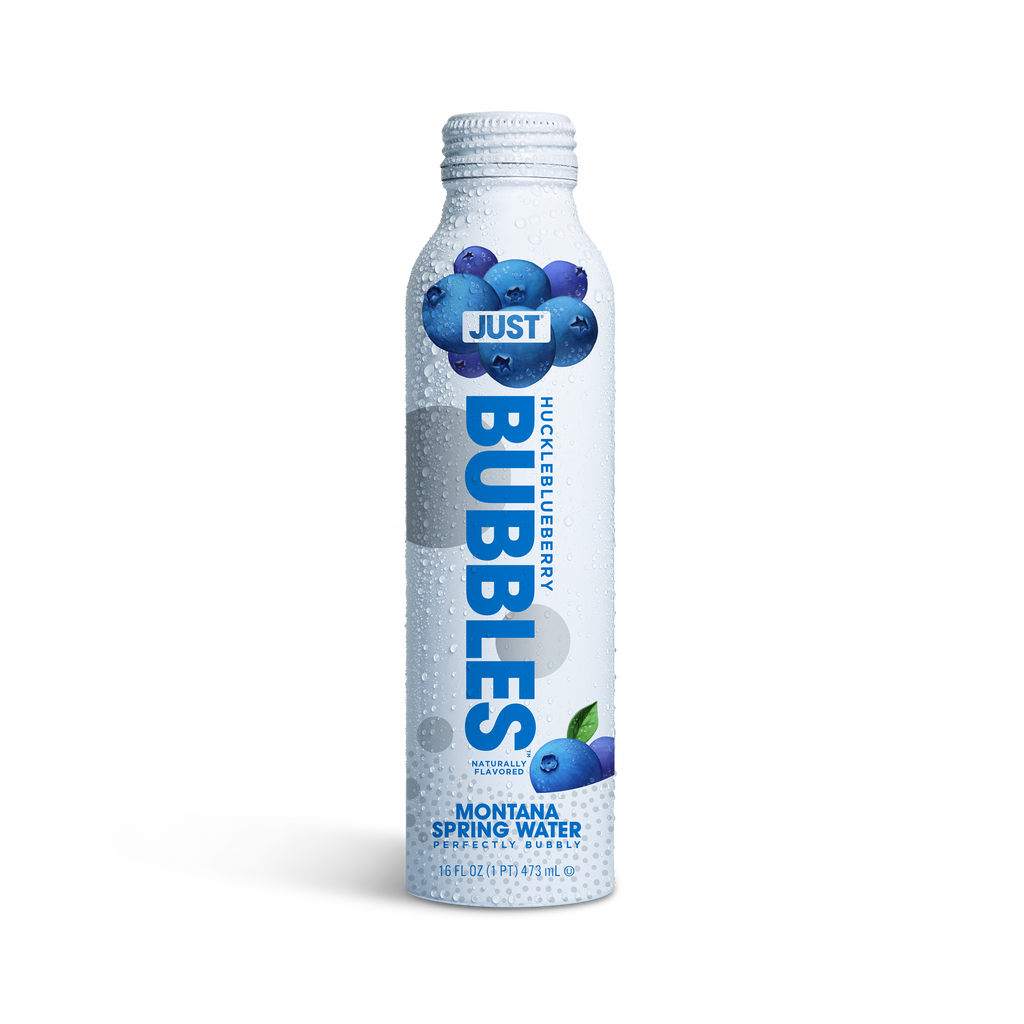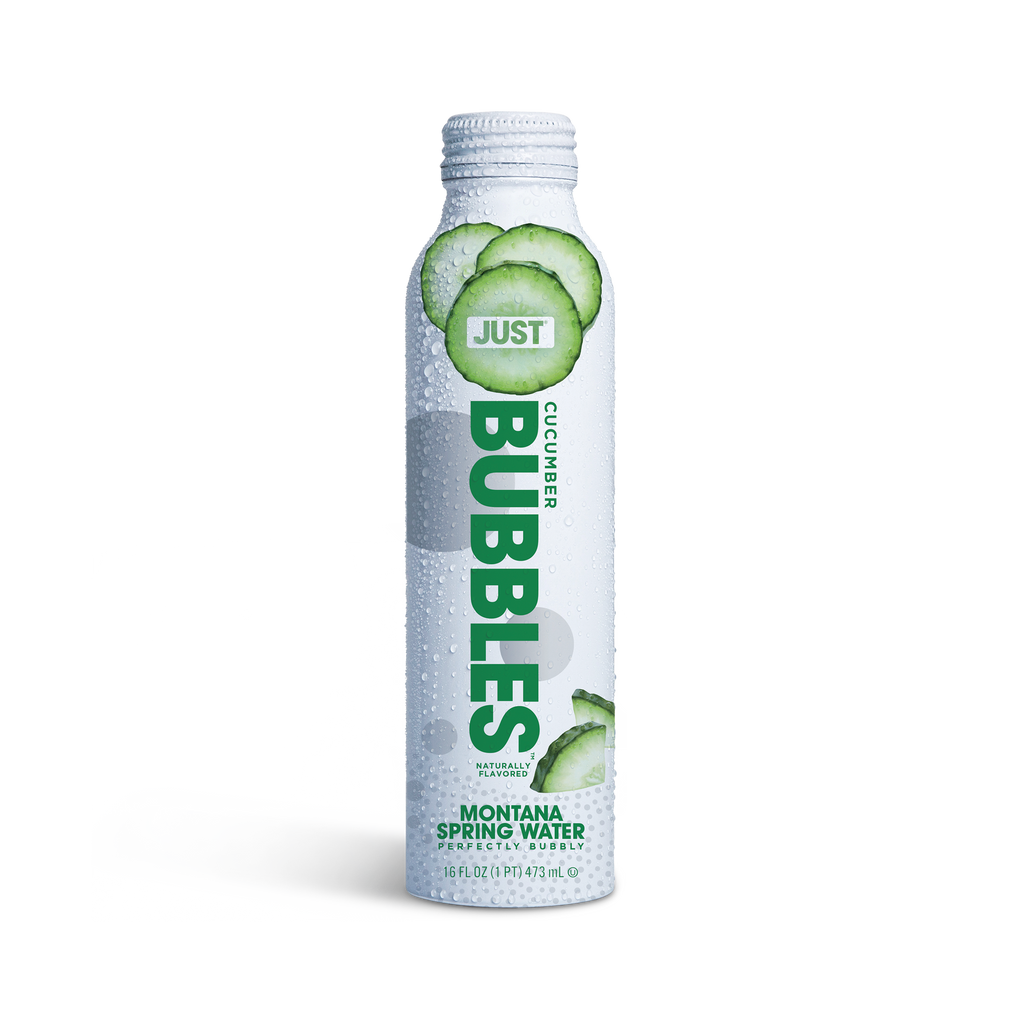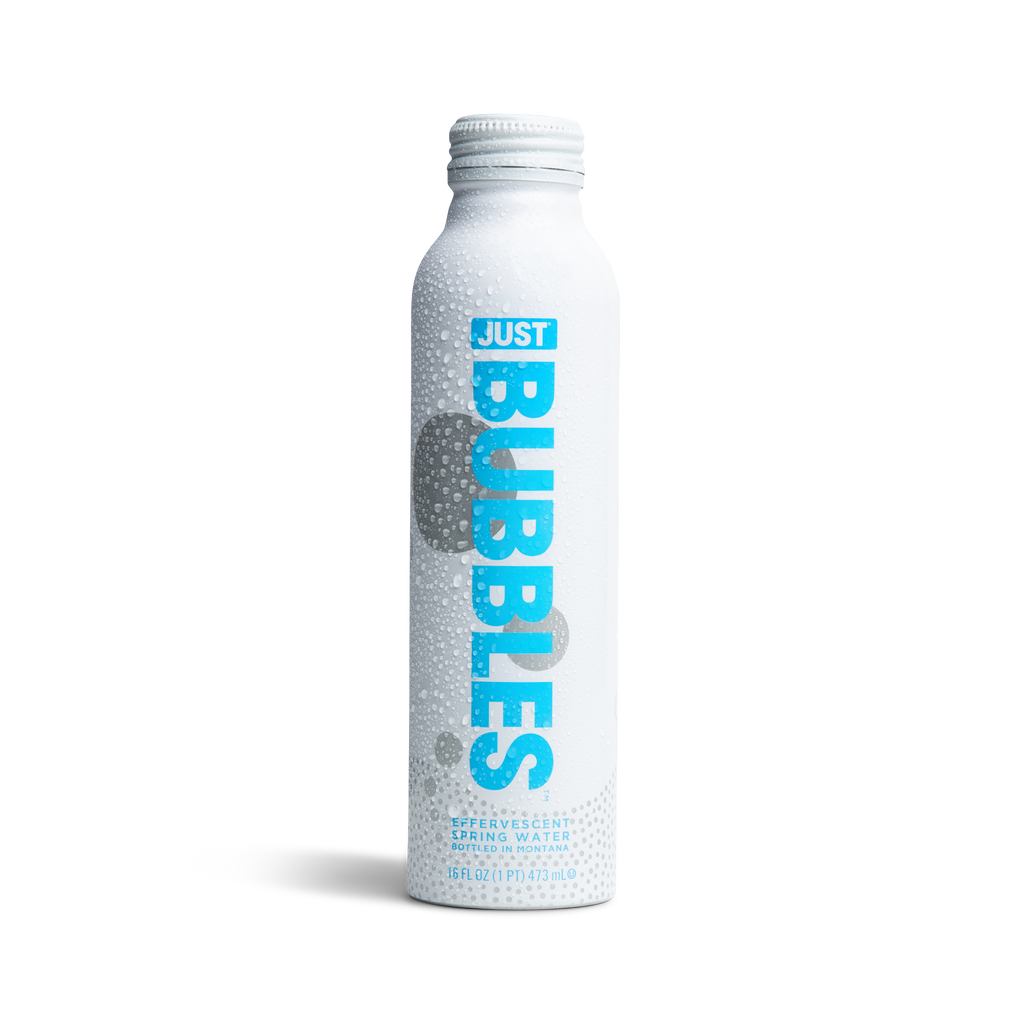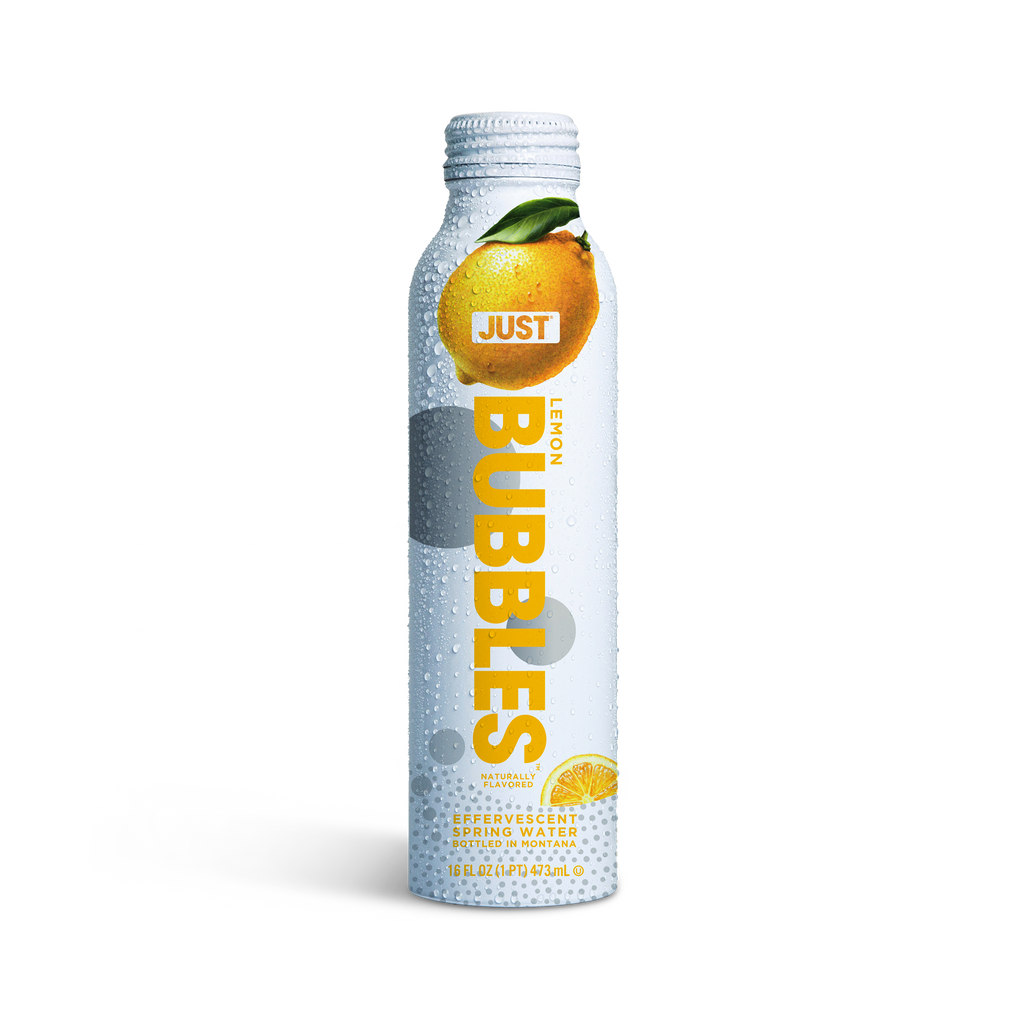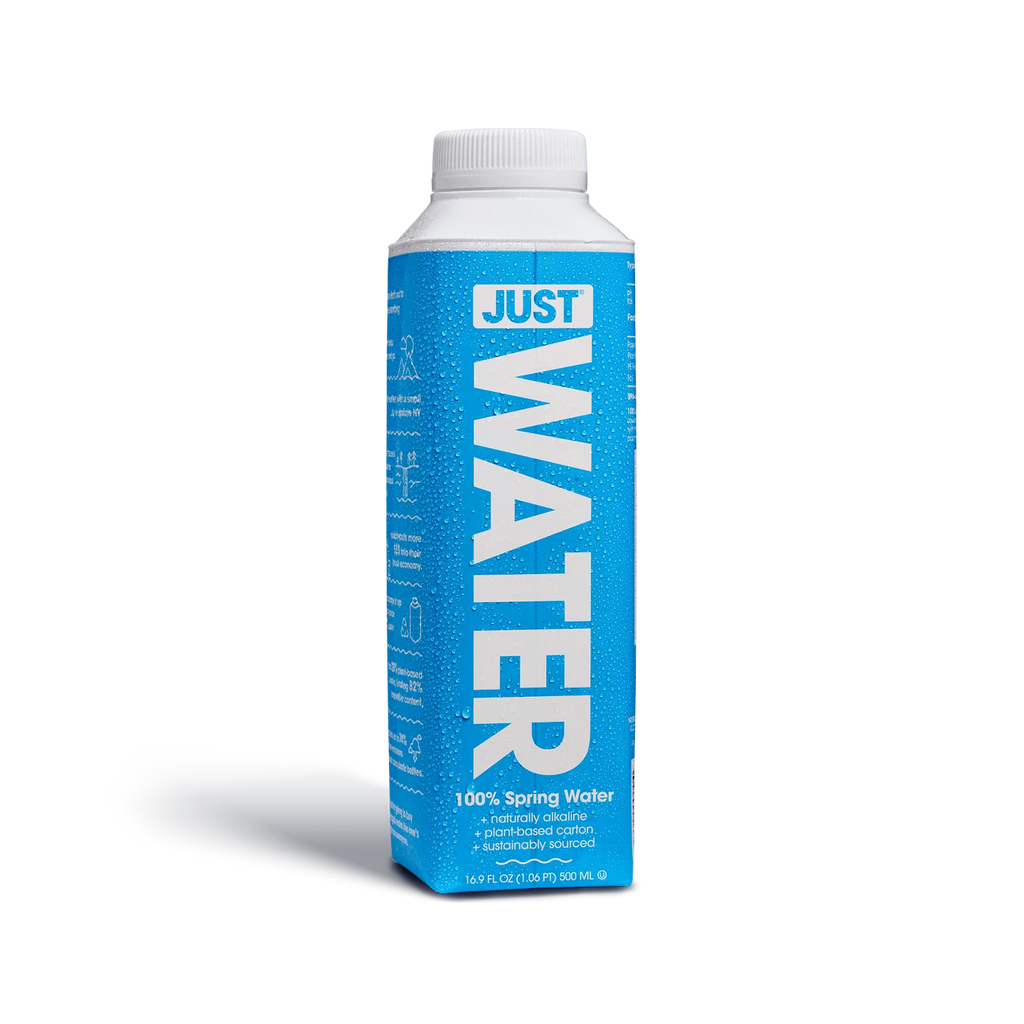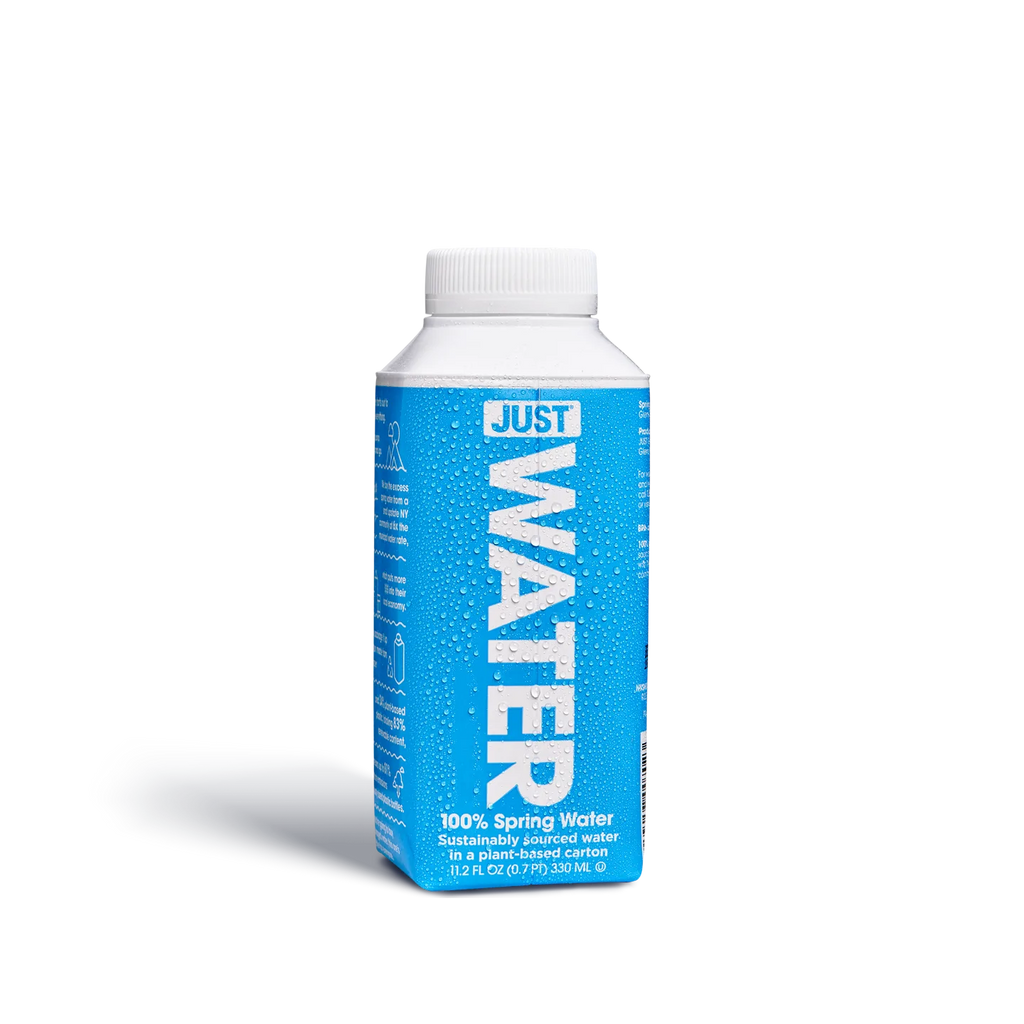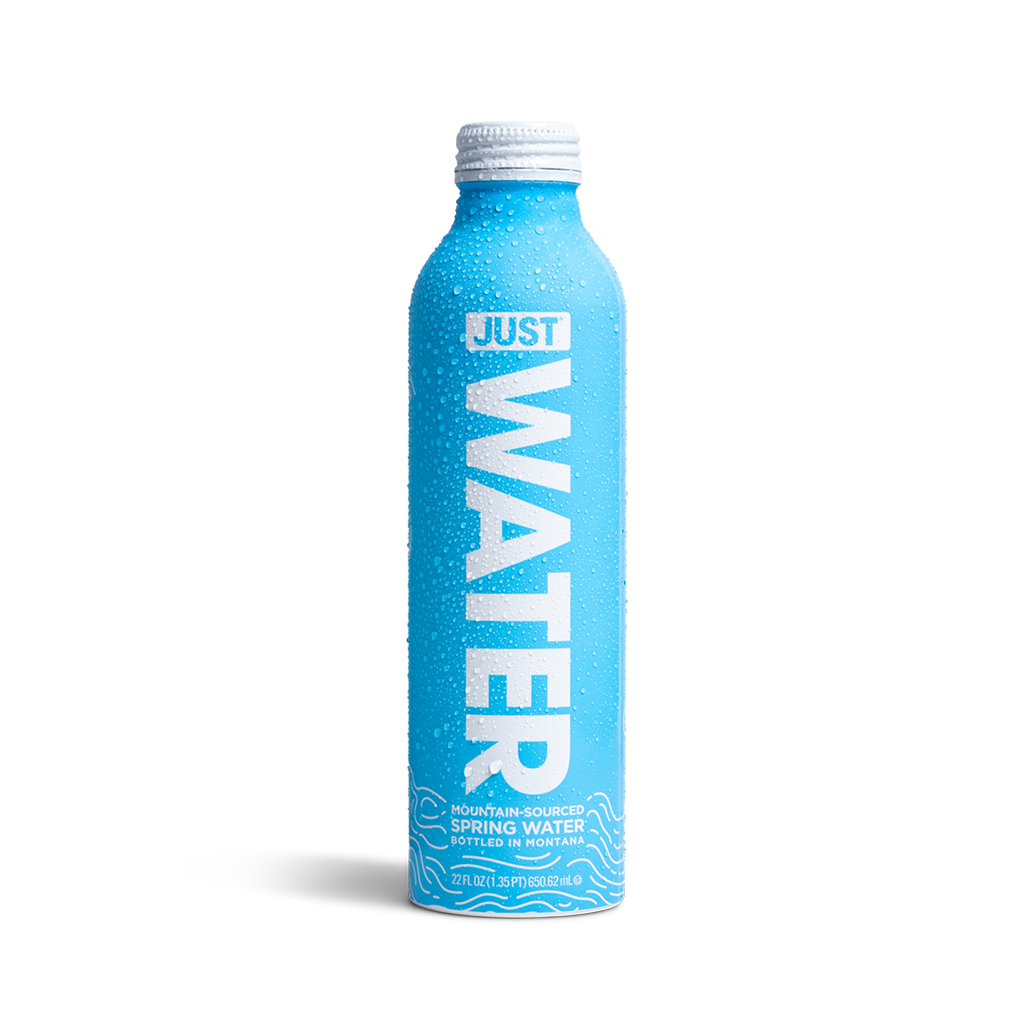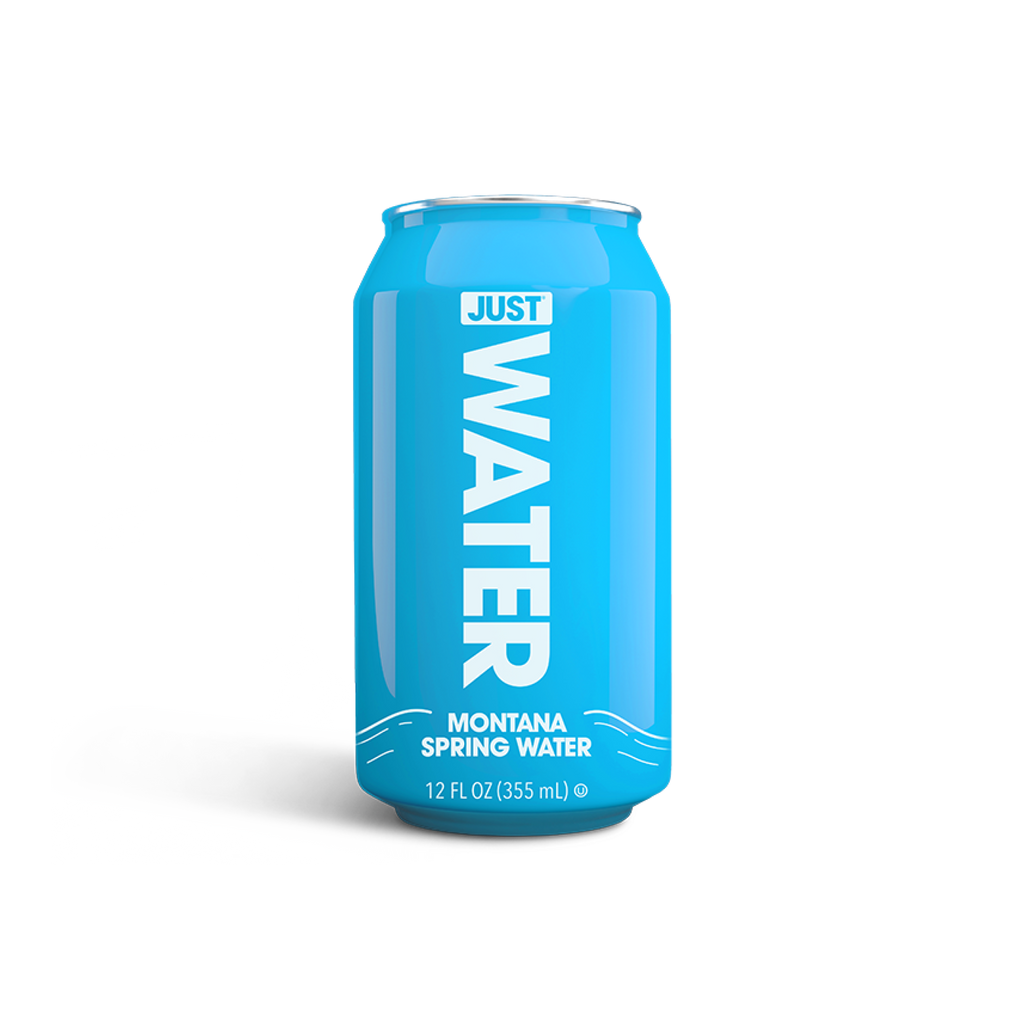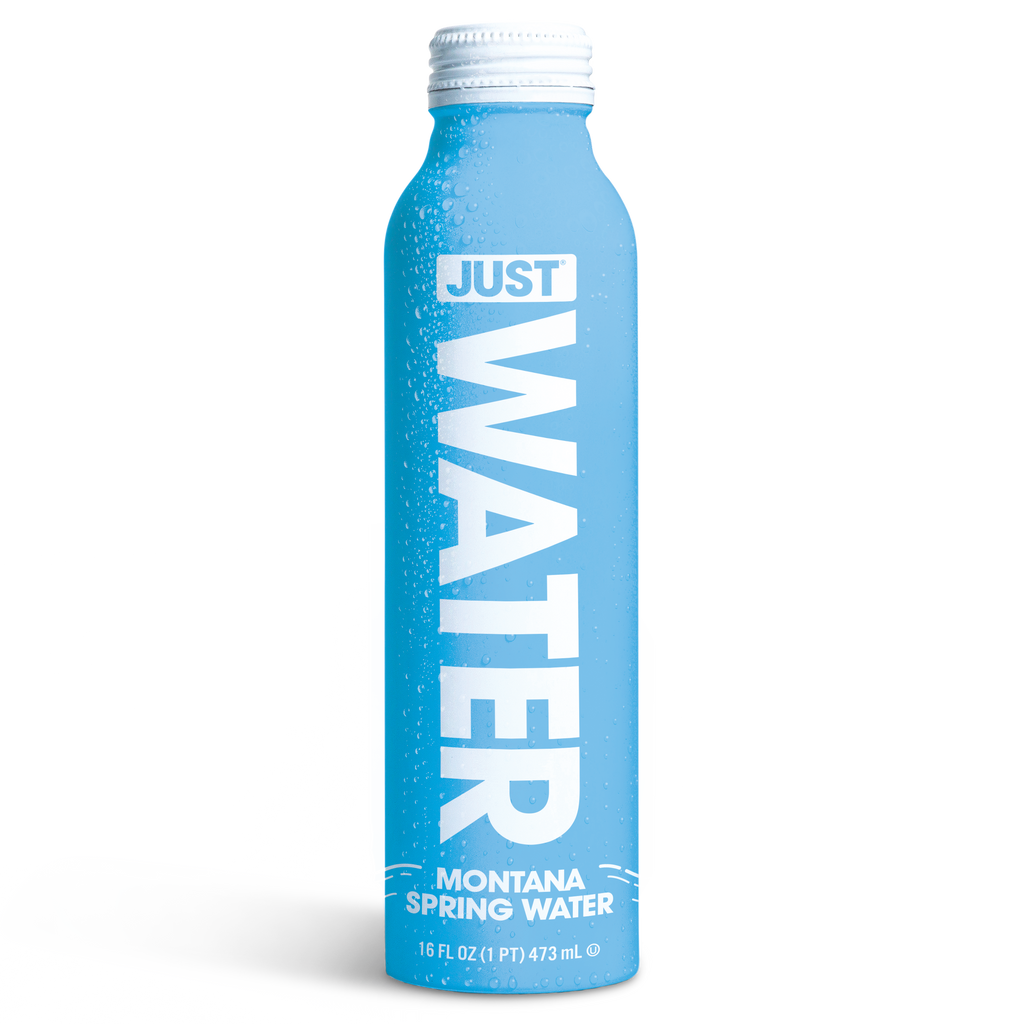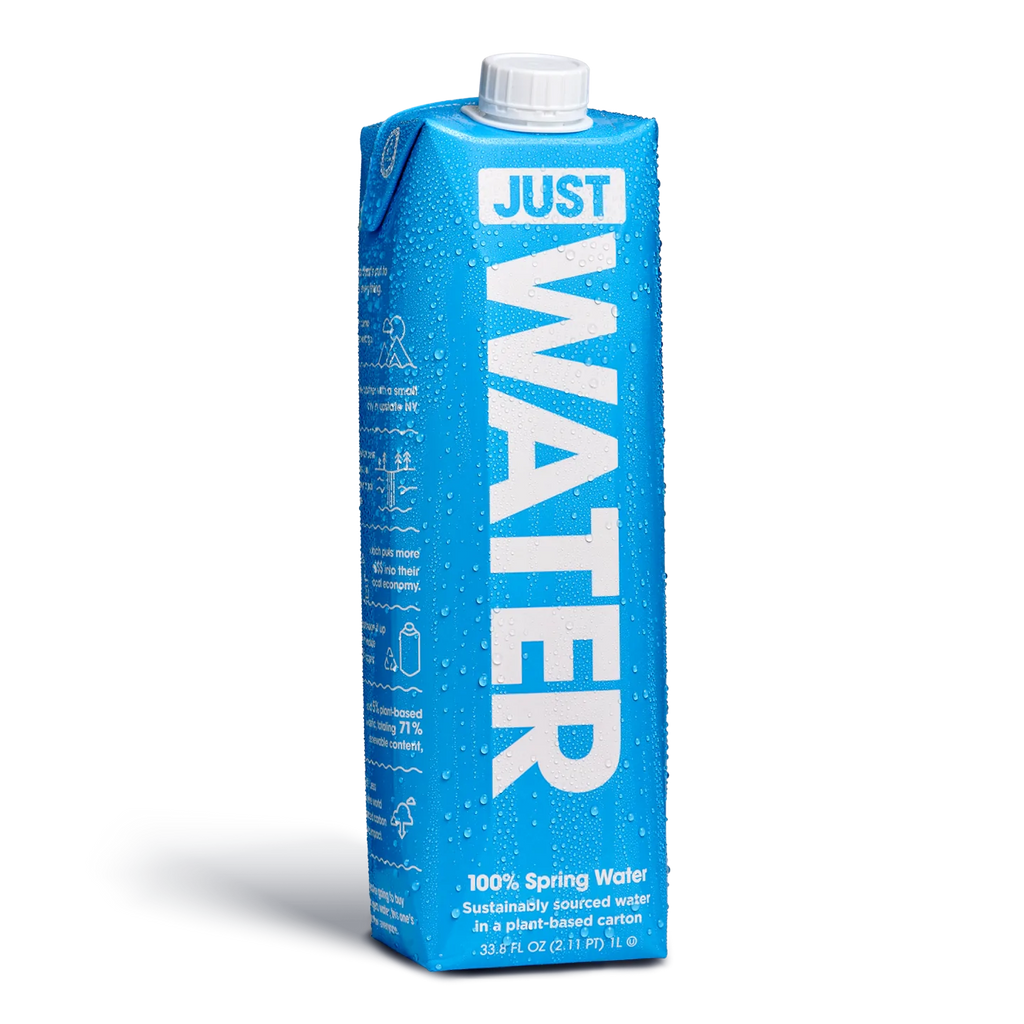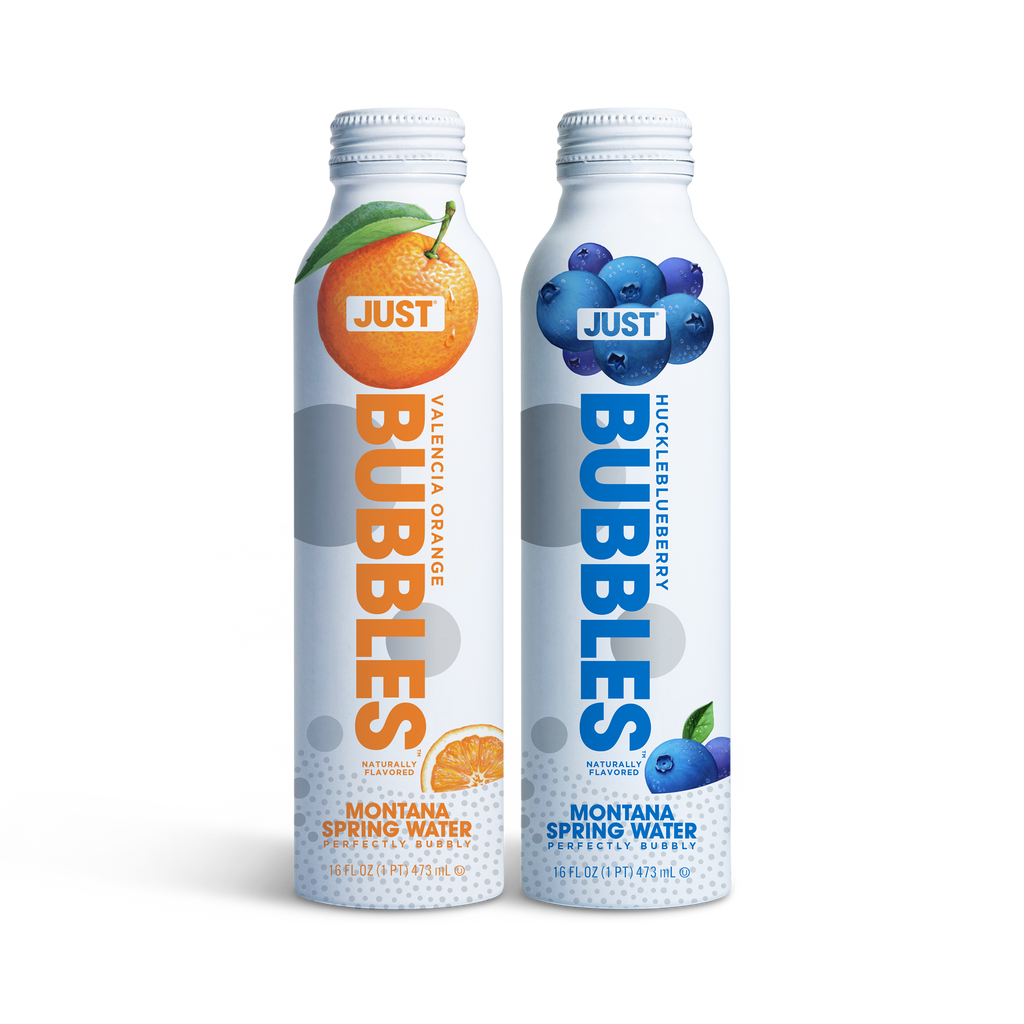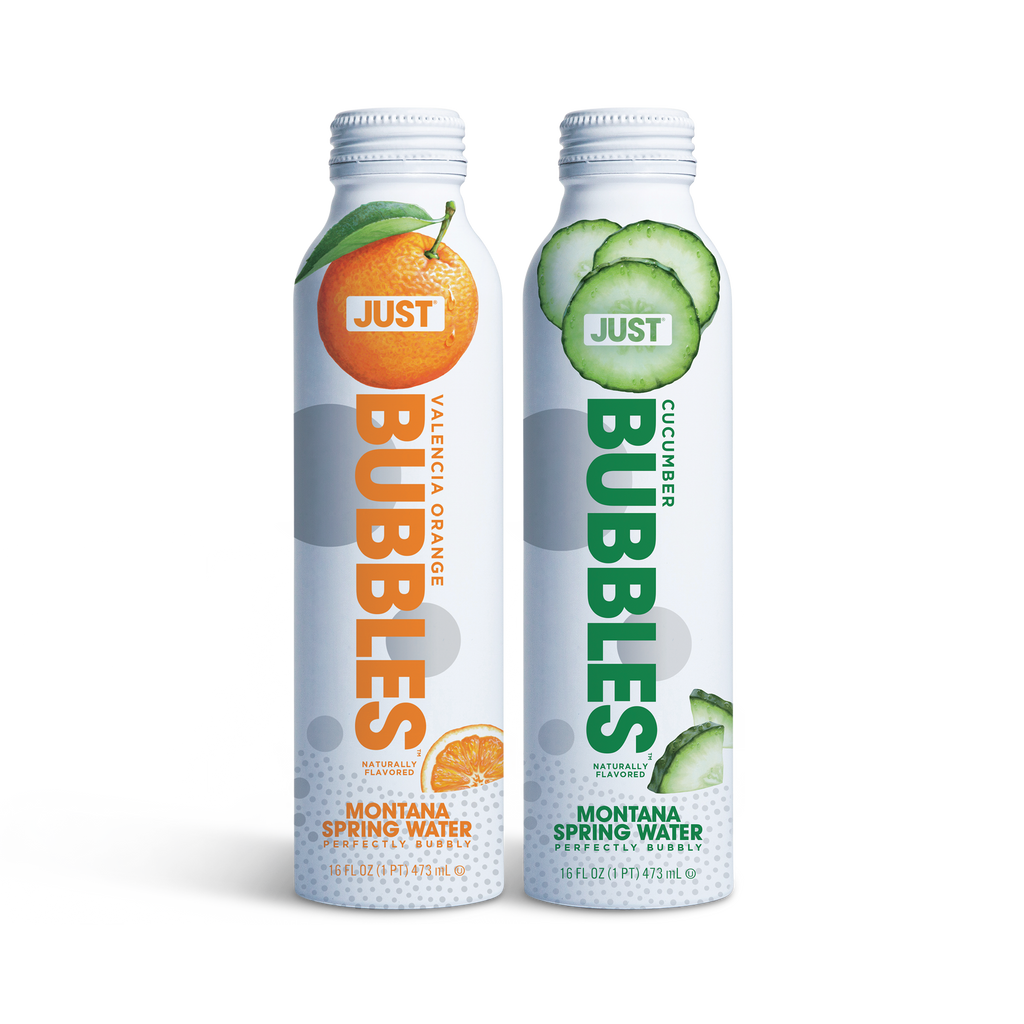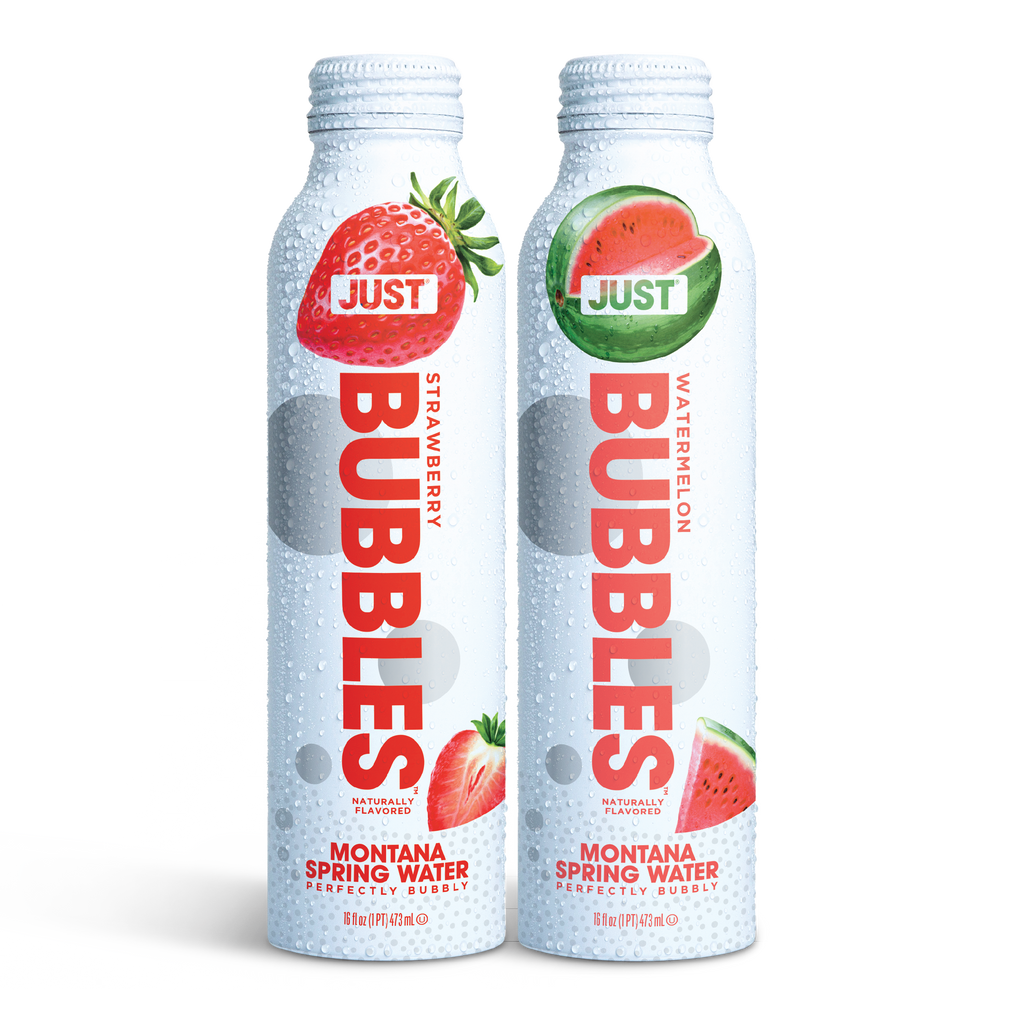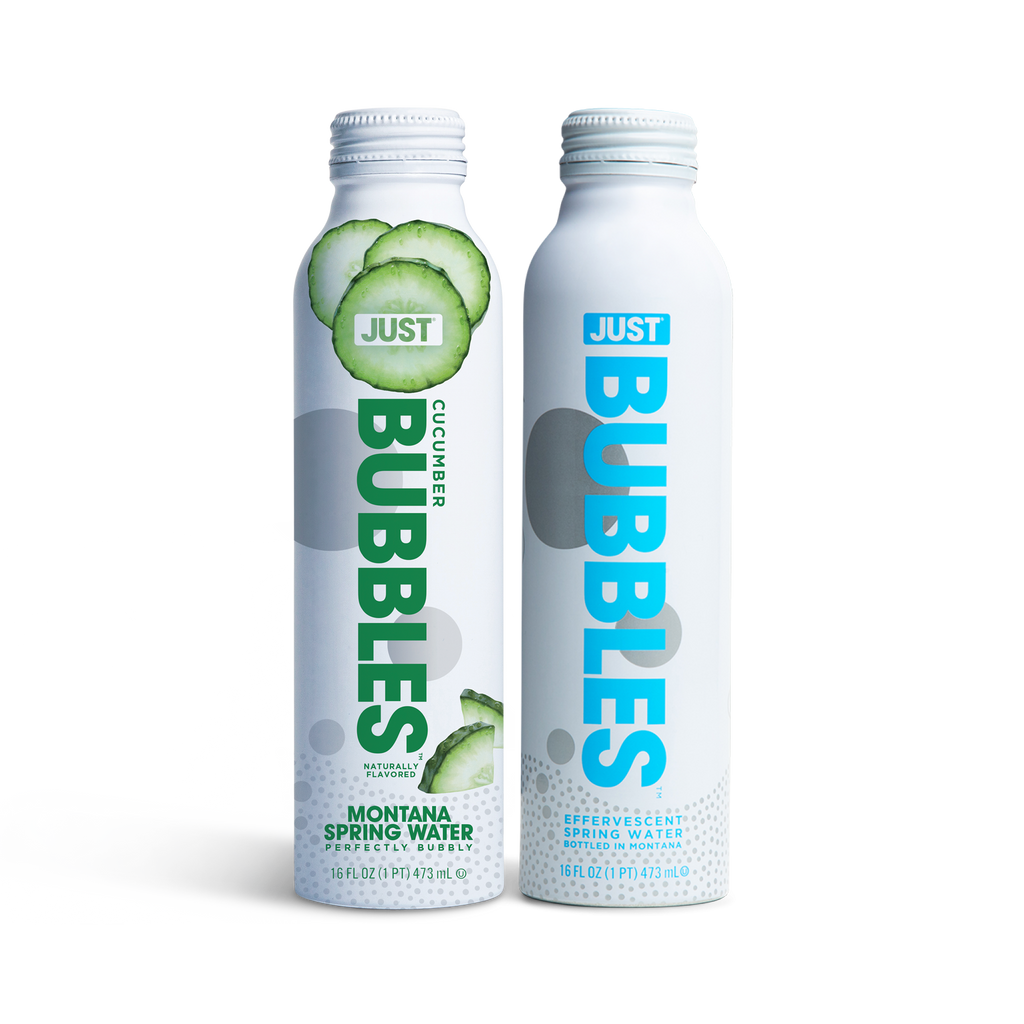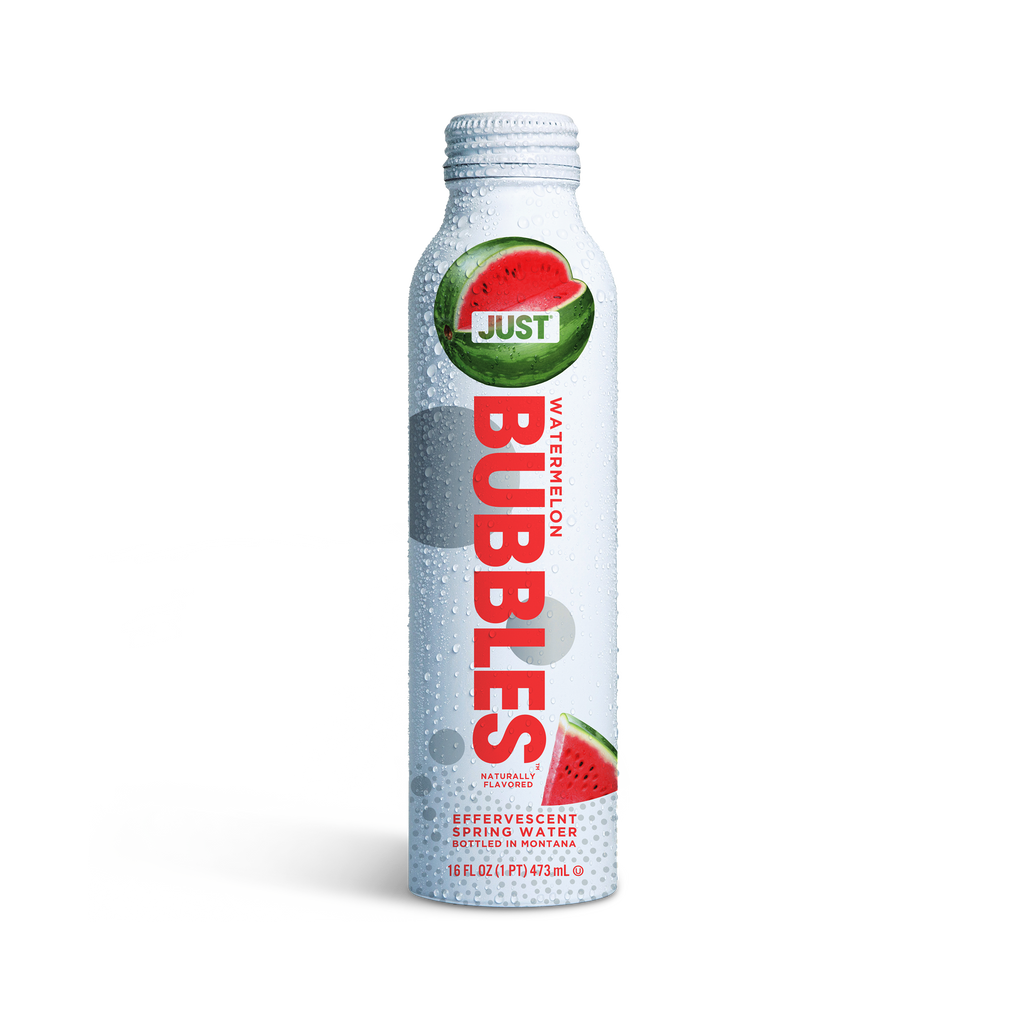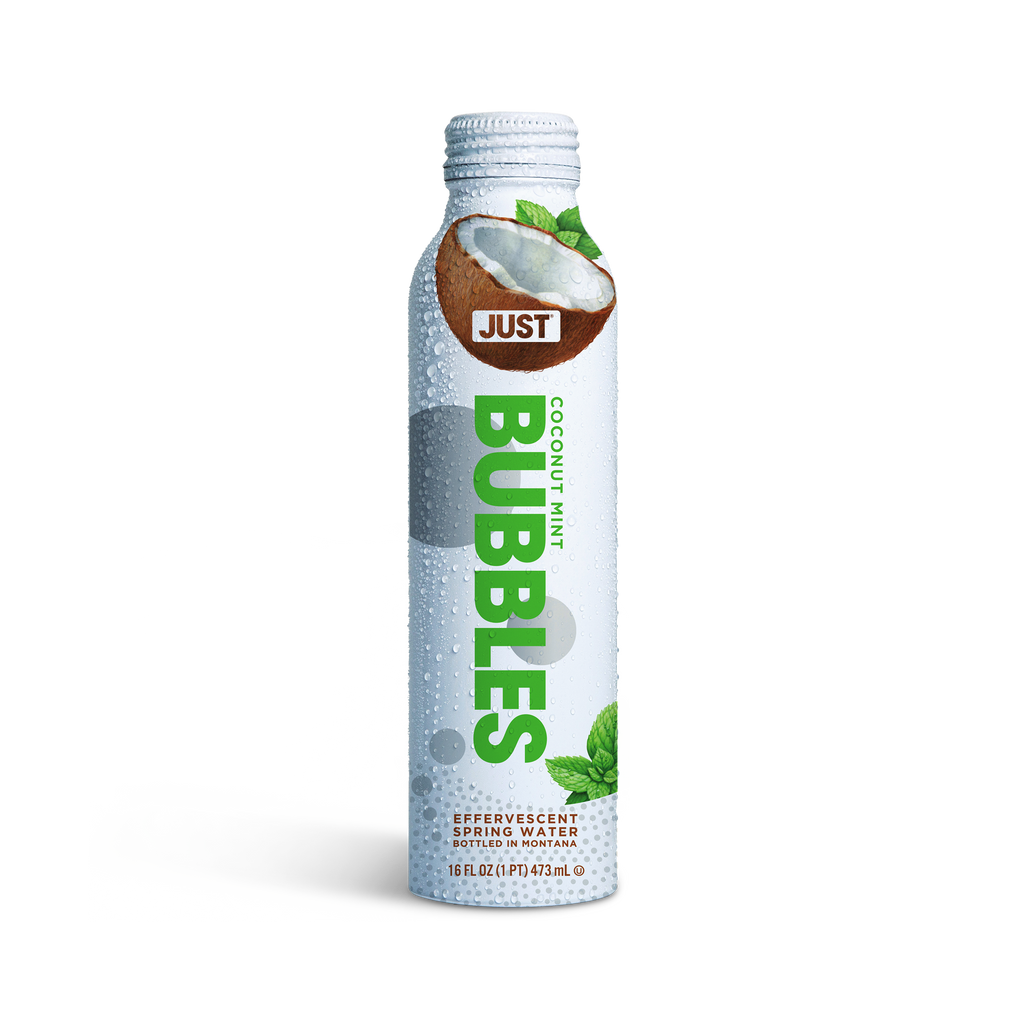WHAT ARE MICRO BUBBLES?
Written by Just Water
Our Bubbles are micro. Why is that?
At JUST, we have a tendency to nerd out on the details. Here’s another example. We’d like to take a minute to explain how the bubbles in Bubbles are special because they’re micro and delightful. But to do that we first have to give a little primer on how bubbles form in carbonated water in the first place.
You probably already know that any sparkling water sparkles because of a gas called carbon dioxide (CO2). Sparkling waters generally start out either as tap water or as spring water (JUST!) and CO2 is added to it. You’ll recall that one of the key differences between tap and spring water is that spring water has naturally occurring minerals that are infused as the water runs over and through layers of stone and earth. This is important—we’ll come back to it.
CO2 is dissolved into water through a combination of pressure and temperature. Pressure forces the gas into the water, which must also be cold to dissolve the right amount of gas. The gas molecules blend into the cold water well, which is why in a closed transparent bottle of sparkling water, you don’t see any bubbles. Inside the bottle, there’s a space between the surface of the water and the inside of the cap that’s also filled with gas that doesn’t blend with the water. This maintains the pressure in the bottle and keeps the CO2 in the water blended—it’s called being in equilibrium.
But once the cap is twisted, that’s when the action happens. The CO2 above the surface rushes to escape the bottle (the classic fizz sound). The gas that’s been blended in the water has to do a little work to get out, though. The dissolved CO2 molecules begin to reconnect and form a barrier to the water—a bubble. This will happen fastest on a solid surface because it takes less energy for the CO2 to collect when part of the barrier already exists—this is why you see bubbles in any carbonated drink collect on the bottom or side of the container it’s in. The CO2 latches onto imperfections in the surface of the solid container and from there the bubble starts to form. Eventually it breaks off from the solid surface and travels upwards, collecting more CO2 that’s lingering in the water and grows in size, then releases into the air when it hits the surface.
Here’s where we get back to minerals and micro-bubbles. The minerals in spring water are solids—they’re just so small you can’t see them. But for CO2 , they’re also surfaces to latch onto and make small bubbles. One way to see this happen—to pour salt (a mineral found in spring water) into a glass of sparkling water and watch the bubbles swarm.
Thing is, not all spring waters have the same mineral content. So not all carbonated spring waters have the same kind of drinkably bubbly experience as JUST. Bubbles is the result of the perfect combination of minerals in the water and, coming back to the beginning, of temperature and pressure. We add just the right amount of CO2 to our Bubbles and it then has lots of mineral surfaces to ride on once our aluminum bottle is opened. And you’ll taste the difference!
Drinkably bubbly. JUST Bubbles.
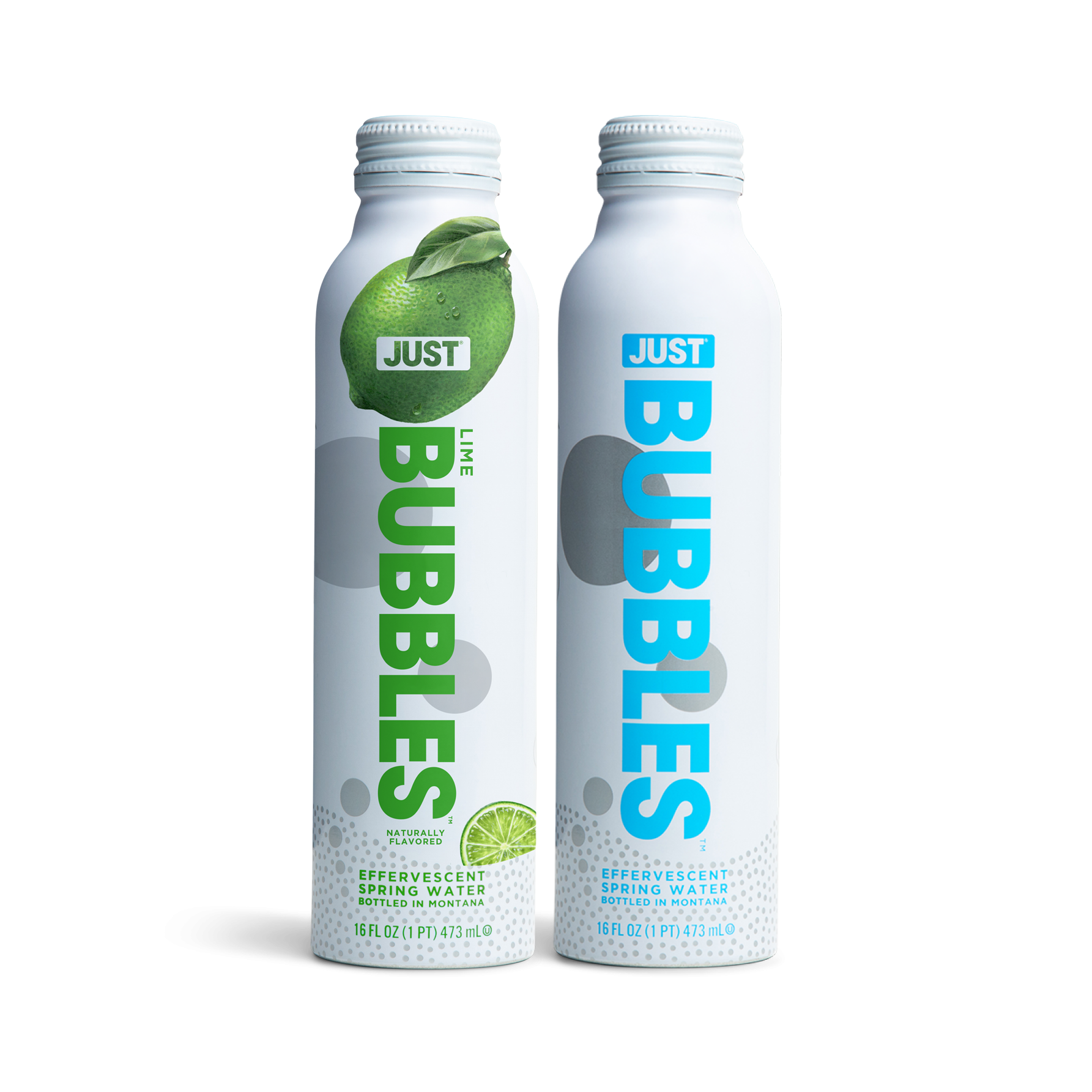
JUST WATER
Lime Bubbles & Original Bubbles Bundle-- 16 fl oz | 24 Pack
